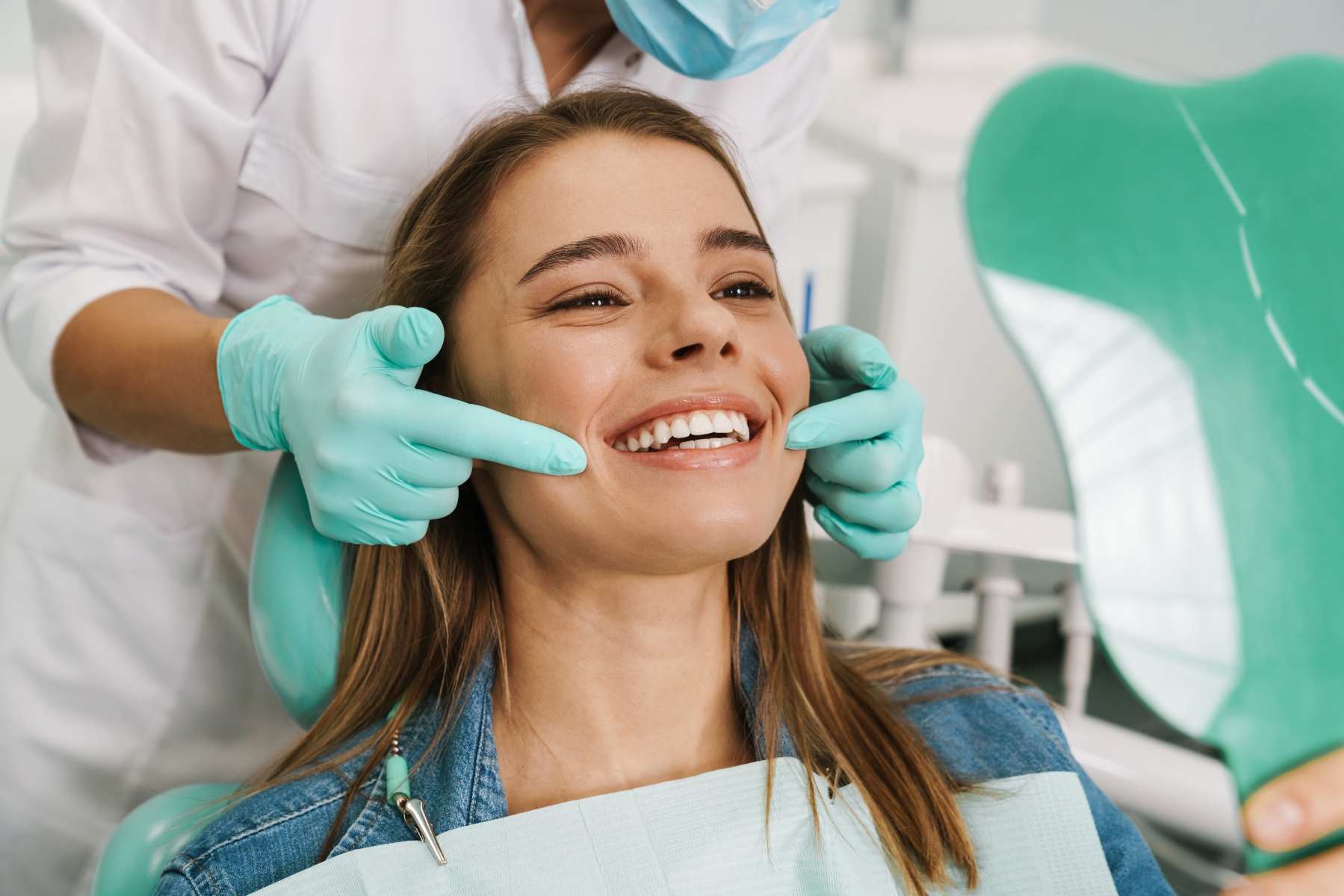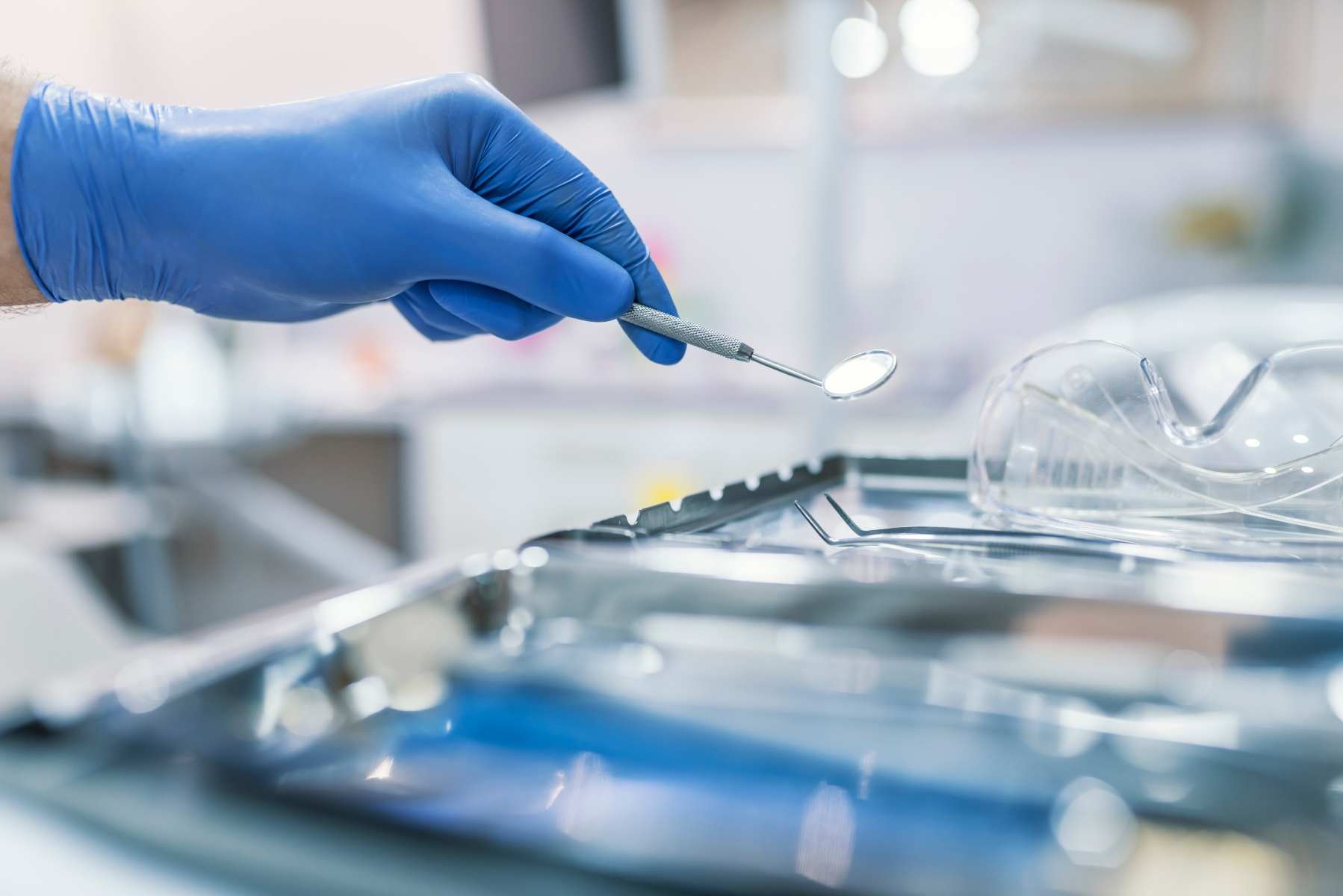Our Services
Patient Education
Regular dental exams are a critical part of preventive oral health. Excellent oral hygiene impacts not only your smile but your overall body health as well. There are several health conditions that are affected directly by oral hygiene, including diabetes, heart disease, and stroke. There is also a correlation between good oral health and having a healthy full-term pregnancy. Maintaining regular cleanings and dental exams have many of the following benefits:
- Checking for tooth decay
- Evaluating for gum disease
- Preventing tooth loss
- Whitening your smile
- Detecting oral abnormalities/cancers
- Maintaining your overall health
Dr. Lopez repairs cavities without metal or mercury fillings. Composite resin fillings are BPA free and are tinted to blend seamlessly with a tooth’s natural color. They are durable, lasting, safe and attractive. Tooth-colored fillings do not change shape over time, and they support the tooth’s natural structure in a way that metal fillings do not. As a result, you can keep more of your natural smile and avoid the cracking that can come with metal fillings over time.
Regular dental exams for children are a critical part of preventive healthcare. They give Dr. Lopez a chance to detect problems early, when they are most treatable, and provide tips for caring for your child’s teeth.
Consider these general guidelines:
- Ages 6 months to 1 year- The American Academy of Pediatric Dentistry and the American Dental Association, recommend scheduling a child’s first dental exam after the first tooth erupts and no later than the first birthday. Also, baby’s teeth and gums should be assessed during regular well-baby visits.
- Toddlers, school-age children, and adolescents - The American Academy of Pediatric Dentistry recommends scheduling regular dental checkups, with the most common interval being every 6 months. However, the dentist might recommend fewer or more-frequent visits depending on your child’s risk factors or oral health problems.
Both crowns and most bridges are fixed prosthetic devices. Unlike removable devices such as dentures, which you can take out and clean daily, crowns and bridges are cemented onto existing teeth or implant.
A crown is used to entirely cover or “cap” a damaged tooth. Besides strengthening a damaged tooth a crown can be used to improve its appearance, shape, or alignment. Porcelain or ceramic crowns can be matched to the color of your natural teeth. Porcelain bonded to a metal shell is often used because it is both durable and attractive. A bridge may be recommended if you are missing one or more teeth. Gaps left by missing teeth eventually cause the remaining teeth to rotate or shift into the empty spaces, resulting in a bad bite. The imbalance caused by missing teeth can also lead to gum disease and Temporomandibular Joint (TMJ) disorders.
Full or partial dentures consist of a gum-colored base made of plastic resin, which fits over the remaining alveolar (bone) ridge that formerly held the teeth. The prosthetic teeth projecting from the base are designed to look and function just like your natural teeth.
Dentures are held in place primarily by the suctioning effect of their close fit against the alveolar ridges. Upper dentures also get extra support from the large surface area of the roof of the mouth (Palate) which generally makes it stable.
Complete dentures and removable partial dentures are constructed to replace all or some missing teeth. This removable appliance allows for easy cleaning and recovery of the tissue and bone that support the appliance by giving them an opportunity to rest. Dentures improve chewing ability while providing the visual appearance of natural teeth.
A dental implant is an artificial tooth root that is placed into your jaw to hold a replacement tooth or bridge. Dental implants may be an option for people who have lost a tooth or teeth due to periodontal disease, an injury or some other reason.
Dental implants are the closest you can get to healthy, natural teeth. They allow you to live the way you want to confidently eating, smiling, laughing, talking, and enjoying all of your everyday activities without worrying about your teeth.
Dental Veneers (sometimes called porcelain veneers or porcelain laminates) are thin; custom made shells of tooth-colored materials designed to cover the front surface of teeth to improve your appearance. These shells are bonded to the front of the teeth changing their color, shape, size or length.
Tooth whitening lightens the color of a tooth by changing the intrinsic color or by removing and controlling the formation of extrinsic stains.
Dental Sealant is a thin, BPA free, plastic coating painted on the chewing surfaces of teeth, usually the back teeth (premolars and molars), to prevent tooth decay. The sealant quickly bonds into the depressions and grooves of the teeth, forming a protective shield over the enamel of each tooth.

New Patients
Your first visit to our practice involves a few steps to make it easy for us to better serve you. This page should help to guide you with all information you need to know what to expect for your first visit to our office. To help expedite your first visit with us, please feel free to download and fill out our new patient forms prior to your visit.




